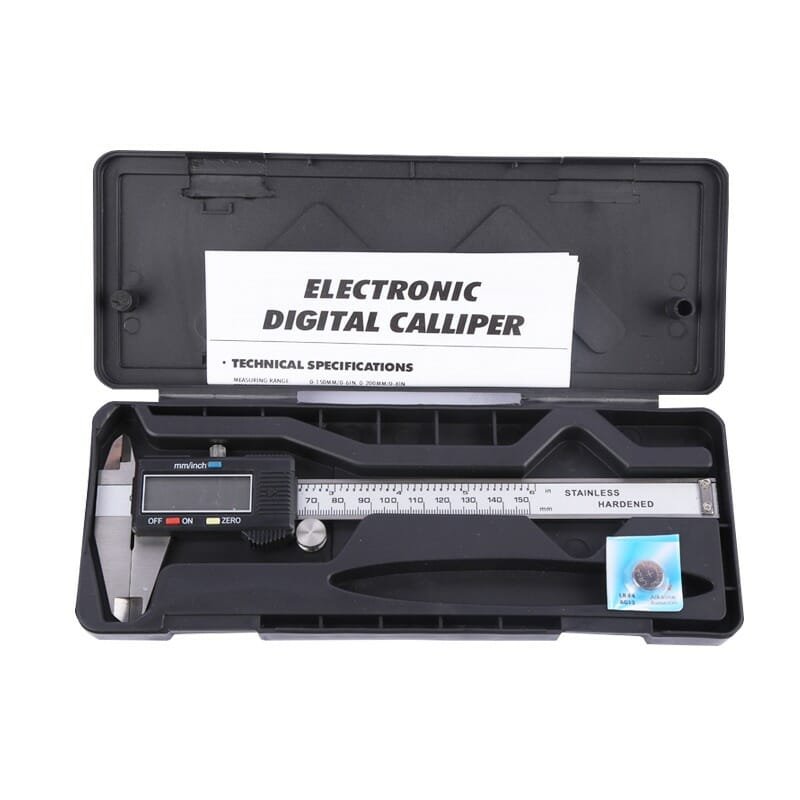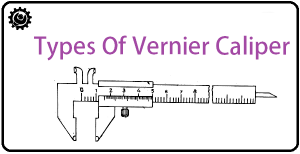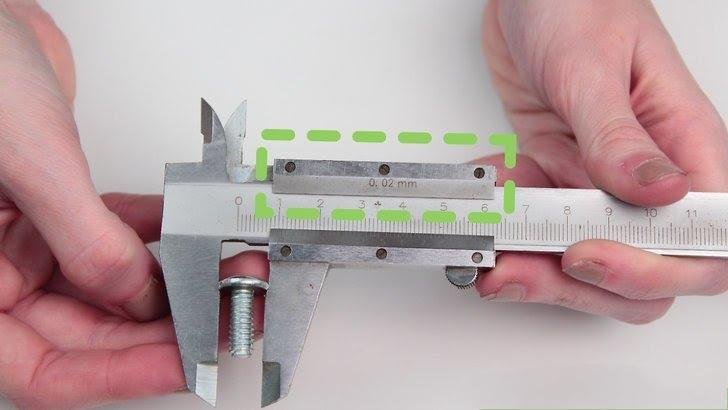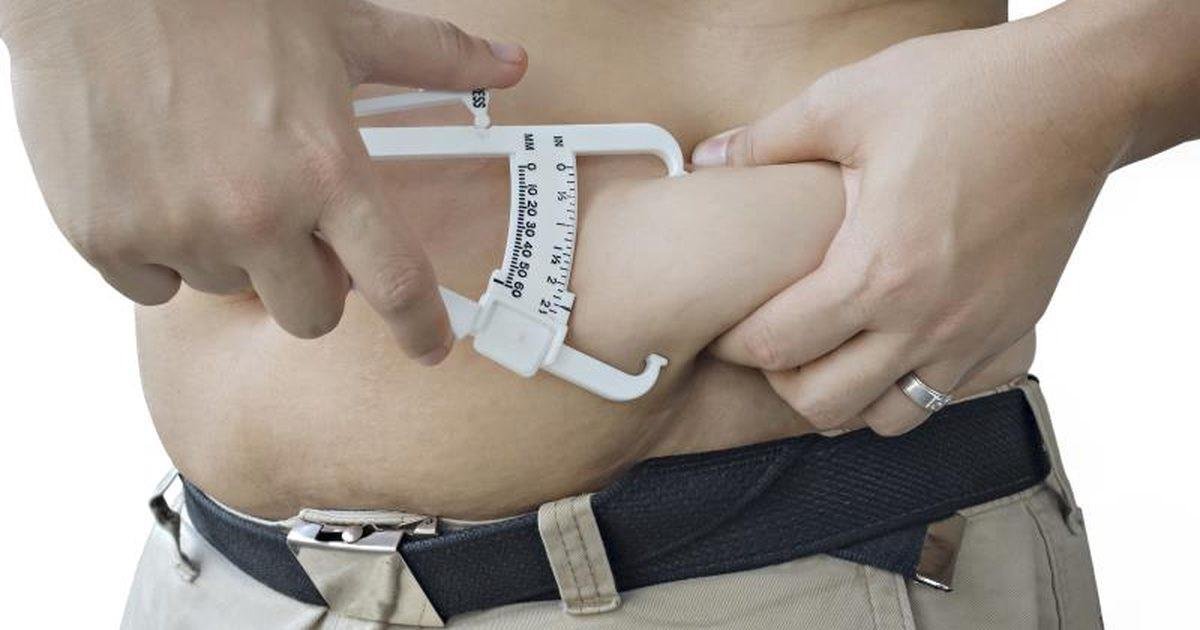 If you belong to the engineering, medical, science, or any other domain or have seen people use a strange-looking instrument for measuring purposes, the instrument is most likely to be a caliper. A caliper is the most widely utilized measuring instrument with the highest grade of accuracy and precision. Going deeper, there are multiple types of calipers available which include the following 8 types.
If you belong to the engineering, medical, science, or any other domain or have seen people use a strange-looking instrument for measuring purposes, the instrument is most likely to be a caliper. A caliper is the most widely utilized measuring instrument with the highest grade of accuracy and precision. Going deeper, there are multiple types of calipers available which include the following 8 types.
Types of calipers

There are primarily eight types of calipers and these are:
- Vernier caliper: A famous caliper type that’s used for measuring the distance between two points of an object (round or straight).
- Inside caliper: Made usually from high carbon steel, an inside caliper is a tool that measures the internal dimensions of the object and has a decent accuracy in doing so.
- Outside caliper: Unlike the inside caliper, an outside caliper is used for measuring the outer dimensions of an object.
- Divider caliper: Its common name is a compass and is used for marking out locations.
- Dial caliper: A dial caliper is a form of vernier caliper but without the complicated vernier mechanism. Instead, there’s a dial that displays the final fraction of the reading in an inch or millimeter.
- Digital caliper: As the name speaks out, a caliper that digitally displays the results over a screen is called a digital caliper.
- Odd leg caliper: An odd leg caliper or the hermaphrodite caliper is one with two legs bent in the same direction for measurements over stepped or similar surfaces.
- Micrometer caliper: If a caliper uses a screw for measurement in place of a slide, it’s the micrometer caliper.

The following are the main parts of the traditional manual vernier caliper and their function.
- Lower jaws
The lower jaws constitute two jaws designed for a firm grip over the measuring object for precise measurements. One of the jaws is attached to the main scale and is fixed. While the other one is in a movable state and attached to the small vernier scale. These two jaws measure the outer dimensions like the length, width, or diameter of an object.
- Upper jaws
Unlike the lower jaws, the upper jaws are smaller in size and located on the upper section of the vernier caliper. Again, there are two upper jaws with one movable and the other fixed. While the lower jaws are meant for the outer dimensions of an object, the upper jaws measure the internal dimensions of objects like length, depth, etc.
- Depth rod
A depth rod is a thin rod located at the end of the caliper that is used for calculating the depth of holes or steps. To use the depth rod, simply open the jaws of the caliper on the surface of the hole or step and slide out the depth rod to the full depth till the bottom. Then, take the readings as usual.
- Main scale
As the name suggests, the main scale is the main measuring scale of these calipers that remains stationary. It has graduations either in centimeters, millimeters, or inches depending upon the unit it’s designed for.
- Vernier scale
A vernier scale is what has given the caliper its name, the vernier caliper, and is the movable small scale. Capable of motion, the vernier scale can move along the whole length of the main scale as the jaws are opened or closed. In a vernier caliper, the vernier scale is responsible for accuracy in the readings as it further divides the lowest reading of the main scale. There are approximately 50 increments on the vernier scale each representing 0.02 mm.
- Thumb screw
A thumb screw is a screw provided to offer a firm grip to the user while sliding the jaws over the object.
- Lock screw
After positioning the jaws and scales accurately over the object, a lock screw is used to fix everything in its position. Thus, using the lock screw, you need not worry about spoiling the position and measurements.
These 7 main parts of a vernier caliper are what helps it accurate measurements. Now, let’s discuss how to use a vernier caliper.
How to use a vernier caliper?
Whether it’s the first time you’re using a vernier caliper or have used it earlier, you will agree on the fact that vernier calipers are as easy to use and read as your measuring scale. So, let’s find out how.
Follow these steps to use a vernier caliper.
- Place the object between the jaws and slide them against the object
As discussed above, a vernier caliper has two types of jaws. While the lower one is used to gauge the outer dimensions of the object or distance across its ends, the upper ones find use to calculate the internal dimensions by fitting inside the hollow object and then sliding across the internal length of it. You can adjust both of the jaws with the help of the vernier scale and as both jaws get to their desired position over and around the object, you can use the lock screw to lock their positions.
Note that some vernier calipers may or may not have this locking screw. In such cases, you will have to manually fix the jaws.
- Read the main scale where it confronts the “zero” of the vernier scale
As said in the beginning, the main scale gives you the whole reading plus the first decimal. You can read this reading as you’d do on your regular measuring scale as listed below.
- If the zero of the sliding vernier scale lines up at the 12-inch mark of the main scale, your reading will look like 3-inches.
- However, if the zero goes past the 3-inches mark by say, three-tenth-inch marks, the reading will look like 3.3 inches.
It’s that simple! The only thing you need to remember here is that if the scale ends up between two lines, instead of the regular estimation, you just need to take the smaller value into your result.
- Read the vernier scale

As the vernier scale contains additional graduations for an accurate reading, you should know how to read it. For this, always take cognizance of the perfect meeting point of the first mark on the vernier scale with any main scale reading. For example, if the scale represents increments in the order 0.01 inches and say, 12 on the vernier scale lines up perfectly with any line on the main scale, your final reading will look like 0.012 inches.
- Add the readings of the two scales

So far, we have taken the individual readings of the main and vernier scale. To get the final answer, you need to add both the readings in identical units.
In our case, we got 3-inches on the main scale while it came out to be 0.012 inches on the vernier. Hence, the final reading is 3″+0.012″ i.e. 3.012″.
Industrial uses of a vernier caliper

A vernier caliper is a popular measuring tool used in a wide variety of industries be it the educational industry, medicine, science, and much more. Below are the top 5 uses of vernier calipers in different industries.
- Education
In schools and universities, physics students employ vernier calipers in gauging the dimensions of various objects of varying shapes and sizes. Plus, vernier calipers let students learn how to rectify the “zero error” in measurements.
- Steel industry
In the steel industry, vernier calipers are also widely used to gauge the internal dimensions of the objects of varying shapes made of steel which include thickness and depth. It’s to be noted that vernier calipers can be used with any metal.
- Medical sector

In the medical field, a vernier caliper is of great importance when it comes to the designing of the instruments with different aspects. As medical instruments are highly sensitive to various factors, even the slightest error in gauging their dimensions can wreak havoc. Hence, a vernier caliper is highly useful in the designing phase of medical instruments.
- Science
In scientific labs, a vernier caliper is used in a multitude of ways. Some of these include the effect of temperature variation on the dimensions of the object, measuring the regular and irregular objects from both inside and outside, measuring subjects under tough ad-hoc conditions, etc.
- Aerospace

Out of all other industries dependent on utmost precision, aerospace is one industry where precision is something you can’t miss out on. Even the slightest error in the dimensions of any object under consideration not only damages the object but all other parts connected to it. Hence, in the aerospace sector, you’ll find digital and dial calipers in use most of the time owing to their preciseness and ease of use. Sometimes, a micrometer is also used for certain objects.
Final words
Vernier calipers are in use since 1631 across a plethora of industries around the globe and it’s ought to happen considering their range of applications and accuracy they deliver under all circumstances. If you’re having your hands on the VC for the first time, you’ll find this article cheerfully useful as in this article, I talked about the various parts of a VC, how to use a vernier caliper, and its range of applications across several fields.

